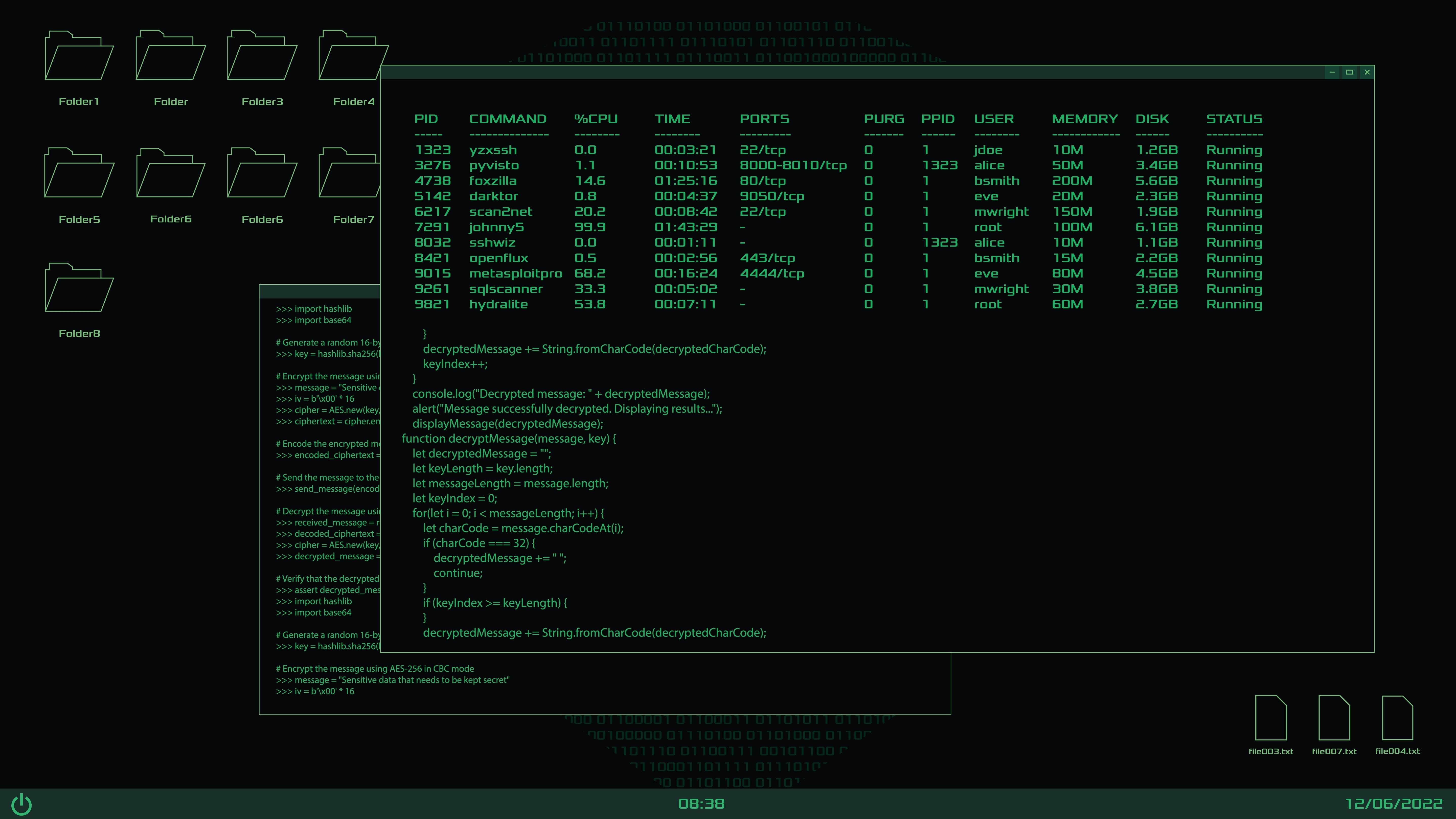PR Overview
- The Importance of Transparency in Defense Technology PR
- Understanding the Role of Transparency in Defense Tech PR
- Communicating Safety Standards Without Compromising Security
- Environmental Impact Initiatives and Sustainability Communication
- Ethical Guidelines and Responsible Technology Use
- Managing Misinformation and Public Response
- Internal Alignment and Communication Culture
- Measuring and Reporting Transparency Efforts
- Conclusion
The Importance of Transparency in Defense Technology PR
Public relations in defense technology requires a careful balance between openness and security. Defense technology companies face mounting pressure from stakeholders, regulators, and the public to provide transparent communication about their operations, safety standards, and environmental impact. According to a 2023 Edelman Trust Barometer report, 85% of consumers expect businesses to be transparent about their practices, with this expectation even higher in sensitive sectors like defense technology. This shift toward transparency presents both challenges and opportunities for defense technology firms as they work to maintain security while building trust through clear, honest communication.
Understanding the Role of Transparency in Defense Tech PR
Transparency in defense technology public relations goes beyond simple disclosure of information. It requires a strategic approach that demonstrates accountability while protecting sensitive data and operational security. The U.S. Department of Defense’s annual reports show that defense contractors who maintain transparent communication practices experience 23% higher stakeholder trust ratings compared to those who limit public engagement.
Modern defense technology companies must address multiple stakeholder groups, each with distinct information needs. These include government agencies, military organizations, civilian oversight committees, investors, employees, and the general public. Each group requires different levels of detail and transparency, creating a complex matrix of communication requirements.
Recent studies by the Defense Industry Initiative on Business Ethics and Conduct indicate that companies implementing structured transparency programs see improved contract win rates and stronger relationships with government partners. This demonstrates the tangible business value of well-executed transparency initiatives.
Communicating Safety Standards Without Compromising Security
Safety communication in defense technology requires careful consideration of what information to share and how to present it effectively. The Defense Security Service recommends a tiered approach to safety communication, where different levels of detail are provided based on security clearance and need-to-know requirements.
Public safety communications should focus on:
- General safety protocols and certification standards
- Third-party safety validations and audits
- Historical safety performance metrics
- Incident response capabilities
- Training and qualification programs
For example, Lockheed Martin regularly publishes safety performance data in their annual sustainability reports, showing a 15% year-over-year reduction in workplace incidents while maintaining security protocols. This demonstrates how companies can share meaningful safety information without compromising sensitive details.
When communicating about specific technologies, PR teams should work closely with security officers to establish clear guidelines on permissible disclosures. The National Defense Industrial Association suggests creating pre-approved messaging templates for common safety topics, allowing rapid response while maintaining consistent security standards.
Environmental Impact Initiatives and Sustainability Communication
Defense technology companies increasingly recognize the importance of environmental stewardship and sustainability reporting. The Stockholm International Peace Research Institute reports that 78% of major defense contractors now publish detailed environmental impact statements, up from 45% in 2018.
Effective environmental communication strategies include:
Quantitative reporting on environmental metrics:
- Energy consumption and renewable energy adoption
- Waste reduction and recycling programs
- Carbon footprint measurements and reduction targets
- Water usage and conservation efforts
Northrop Grumman’s environmental reporting provides a strong example, documenting a 20% reduction in greenhouse gas emissions between 2019 and 2023 through specific initiatives and investments. This level of detail helps build credibility with environmental stakeholders while demonstrating concrete progress.
Companies should also address environmental challenges openly, acknowledging areas for improvement while outlining specific action plans. This approach builds trust by showing commitment to continuous improvement rather than presenting an unrealistic perfect record.
Ethical Guidelines and Responsible Technology Use
Ethics in defense technology requires clear communication about principles, practices, and oversight mechanisms. The Defense Innovation Board’s Ethics Principles for AI emphasize the importance of transparent communication about how companies develop and implement ethical guidelines.
Key components of ethical communication include:
- Clear articulation of ethical principles
- Regular updates on implementation progress
- Independent oversight mechanisms
- Stakeholder engagement processes
- Incident reporting and resolution procedures
Raytheon Technologies demonstrates this approach through quarterly ethics reports that detail:
- Ethics training completion rates
- Whistleblower statistics
- Ethics hotline usage
- Resolution of ethical concerns
- Updates to ethical guidelines
Managing Misinformation and Public Response
Defense technology companies must actively monitor and address misinformation about their products and practices. The Center for Strategic and International Studies found that defense-related misinformation increased by 300% between 2020 and 2023, highlighting the need for robust response protocols.
Effective misinformation management requires:
- Real-time monitoring systems
- Rapid response protocols
- Fact-checking partnerships
- Stakeholder communication channels
- Media relations strategies
BAE Systems exemplifies best practices by maintaining a dedicated fact-checking portal and partnering with independent verification organizations to address misinformation quickly and credibly.
Internal Alignment and Communication Culture
Success in transparent communication starts with internal alignment. Research from the Public Relations Society of America shows that defense companies with strong internal communication programs are 2.8 times more likely to achieve their external communication goals.
Building internal alignment requires:
- Regular training programs
- Clear communication protocols
- Employee feedback mechanisms
- Cross-functional collaboration
- Performance metrics tied to transparency goals
Measuring and Reporting Transparency Efforts
Measuring the effectiveness of transparency initiatives helps justify investment and identify areas for improvement. The Defense Industry Initiative recommends tracking:
- Stakeholder trust metrics
- Media sentiment analysis
- Employee engagement scores
- Compliance audit results
- Response time to information requests
General Dynamics uses a transparency scorecard that measures these metrics quarterly, allowing for continuous improvement and accountability.
Conclusion
Transparency in defense technology PR requires a balanced approach that serves multiple stakeholder needs while maintaining security. Success depends on clear protocols, consistent execution, and regular measurement of results. Companies that excel in transparency often see improved stakeholder relationships, stronger contract performance, and better risk management.
To implement effective transparency programs, organizations should:
- Develop clear communication guidelines
- Establish robust monitoring systems
- Train staff at all levels
- Create measurement frameworks
- Regularly review and update practices
The defense technology sector continues to evolve, and transparency requirements will likely increase. Companies that invest in strong transparency programs now will be better positioned to meet future stakeholder expectations while maintaining security and operational effectiveness.
The Intersection of Corporate Communications and Cybersecurity Messaging
When a cybersecurity incident strikes, the technical breach is only half the battle. The other...
Position Yourself as a Health Expert Journalists Actually Call
Most health and wellness founders hit a wall when their expertise outpaces their visibility....
How Security Leaders Position Credibility in Crypto Markets
When a security incident hits, the clock starts ticking in minutes, not hours. Your investors...




